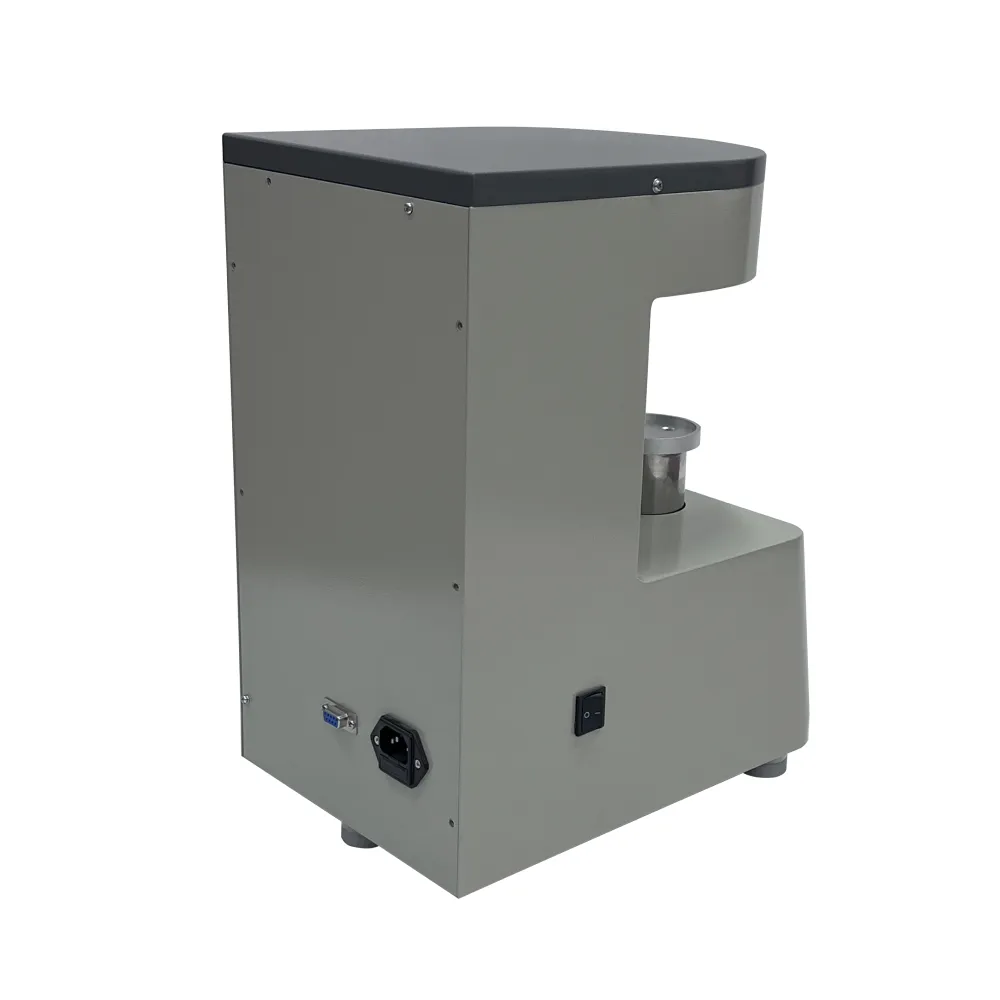 English
English



-
 Afrikaans
Afrikaans -
 Albanian
Albanian -
 Amharic
Amharic -
 Arabic
Arabic -
 Armenian
Armenian -
 Azerbaijani
Azerbaijani -
 Basque
Basque -
 Belarusian
Belarusian -
 Bengali
Bengali -
 Bosnian
Bosnian -
 Bulgarian
Bulgarian -
 Catalan
Catalan -
 Cebuano
Cebuano -
 China
China -
 China (Taiwan)
China (Taiwan) -
 Corsican
Corsican -
 Croatian
Croatian -
 Czech
Czech -
 Danish
Danish -
 Dutch
Dutch -
 English
English -
 Esperanto
Esperanto -
 Estonian
Estonian -
 Finnish
Finnish -
 French
French -
 Frisian
Frisian -
 Galician
Galician -
 Georgian
Georgian -
 German
German -
 Greek
Greek -
 Gujarati
Gujarati -
 Haitian Creole
Haitian Creole -
 hausa
hausa -
 hawaiian
hawaiian -
 Hebrew
Hebrew -
 Hindi
Hindi -
 Miao
Miao -
 Hungarian
Hungarian -
 Icelandic
Icelandic -
 igbo
igbo -
 Indonesian
Indonesian -
 irish
irish -
 Italian
Italian -
 Japanese
Japanese -
 Javanese
Javanese -
 Kannada
Kannada -
 kazakh
kazakh -
 Khmer
Khmer -
 Rwandese
Rwandese -
 Korean
Korean -
 Kurdish
Kurdish -
 Kyrgyz
Kyrgyz -
 Lao
Lao -
 Latin
Latin -
 Latvian
Latvian -
 Lithuanian
Lithuanian -
 Luxembourgish
Luxembourgish -
 Macedonian
Macedonian -
 Malgashi
Malgashi -
 Malay
Malay -
 Malayalam
Malayalam -
 Maltese
Maltese -
 Maori
Maori -
 Marathi
Marathi -
 Mongolian
Mongolian -
 Myanmar
Myanmar -
 Nepali
Nepali -
 Norwegian
Norwegian -
 Norwegian
Norwegian -
 Occitan
Occitan -
 Pashto
Pashto -
 Persian
Persian -
 Polish
Polish -
 Portuguese
Portuguese -
 Punjabi
Punjabi -
 Romanian
Romanian -
 Russian
Russian -
 Samoan
Samoan -
 Scottish Gaelic
Scottish Gaelic -
 Serbian
Serbian -
 Sesotho
Sesotho -
 Shona
Shona -
 Sindhi
Sindhi -
 Sinhala
Sinhala -
 Slovak
Slovak -
 Slovenian
Slovenian -
 Somali
Somali -
 Spanish
Spanish -
 Sundanese
Sundanese -
 Swahili
Swahili -
 Swedish
Swedish -
 Tagalog
Tagalog -
 Tajik
Tajik -
 Tamil
Tamil -
 Tatar
Tatar -
 Telugu
Telugu -
 Thai
Thai -
 Turkish
Turkish -
 Turkmen
Turkmen -
 Ukrainian
Ukrainian -
 Urdu
Urdu -
 Uighur
Uighur -
 Uzbek
Uzbek -
 Vietnamese
Vietnamese -
 Welsh
Welsh -
 Bantu
Bantu -
 Yiddish
Yiddish -
 Yoruba
Yoruba -
 Zulu
Zulu
while installing transformer which tests are not performed
Tests Not Performed During Transformer Installation
The installation of transformers is a critical step in ensuring the reliability and efficiency of electrical systems. Throughout the installation process, various tests are typically performed to verify that the transformer operates as intended. However, there are several tests that are commonly overlooked or not performed, which can lead to long-term operational issues and even catastrophic failures.
One of the most significant tests that is frequently omitted is the insulation resistance test. This test is crucial for assessing the integrity of the transformer's insulation system, which protects the transformer’s windings from electrical faults. By failing to measure insulation resistance, technicians may miss early signs of deterioration or moisture ingress that could lead to short circuits or electrical breakdowns. Insulation resistance testing should ideally be conducted before energizing the transformer to ensure that the insulation is in good condition.
Another often neglected test is the power factor test of the insulation. This test provides insight into the insulation's dielectric properties and can reveal potential weaknesses in the material. Ignoring this test can result in unanticipated failures in service, as it helps in identifying aging or contaminated insulation that might compromise the transformer's performance in the field.
while installing transformer which tests are not performed

Aspect like transformer grounding is also critical and often not given the attention it deserves during installation. Grounding tests should verify that the grounding system is complete and effective. Poor or inadequate grounding can lead to safety hazards and equipment damage, particularly during fault conditions.
Additionally, the core and frame grounding test is another essential aspect that is sometimes overlooked. Proper grounding of the transformer’s core is vital for minimizing electromagnetic interference and ensuring proper operation of protective relays. A failure to test these grounds can result in inaccurate relay operation, potentially leading the transformer to remain in service during fault conditions, which can damage both the transformer and the connected equipment.
Furthermore, it's important that the tap changer mechanism undergoes proper testing. Tap changers are responsible for voltage regulation, and any mechanical failures in this component can severely impact transformer performance. Tests that check the operation of the tap changer, both under load and no-load conditions, are necessary to ensure optimal performance and reliability. The failure to test this component can lead to voltage fluctuations, which might not only affect the transformer but also the entire power distribution network.
In conclusion, while the installation of transformers involves various routine tests, certain crucial assessments are frequently neglected. The omission of insulation resistance testing, power factor assessments, grounding tests, and tap changer evaluations can lead to serious consequences, including increased maintenance costs and unplanned outages. To maximize the operational reliability and longevity of transformers, it is imperative that all relevant tests are conducted thoroughly during the installation process, ensuring that the transformer is capable of performing under the demanding conditions it will face in service.
-
Ensuring Transformer Reliability with High-Precision Turns Ratio TestingNewsJul.18,2025
-
Ensuring SF₆ Gas Safety: Introducing PUSH’s Integrated SF₆ Analyzer for Dew Point, Purity, and Decomposition MonitoringNewsJul.10,2025
-
Exploring the Main Types of Industrial Endoscopes and Their Applications Across IndustriesNewsJul.04,2025
-
Testing Equipment Industry Sees Major Advancements in 2025: Smart & Precision Technologies Lead the WayNewsJun.06,2025
-
Applications of Direct Current Generators in Renewable Energy SystemsNewsJun.05,2025
-
Hipot Tester Calibration and Accuracy GuidelinesNewsJun.05,2025



